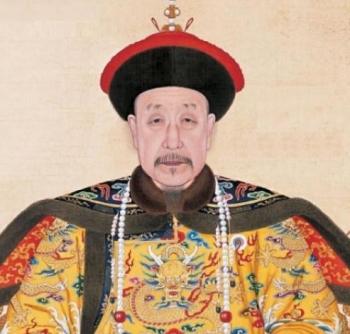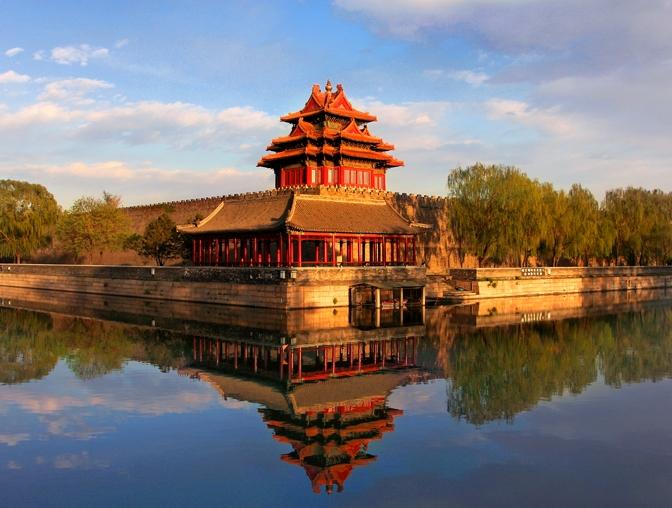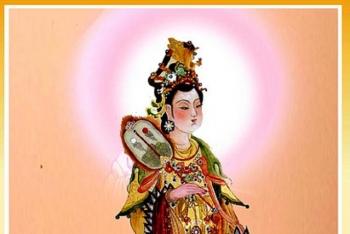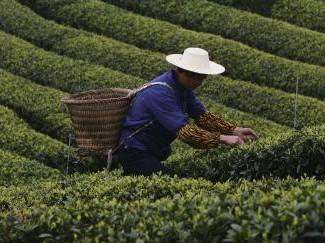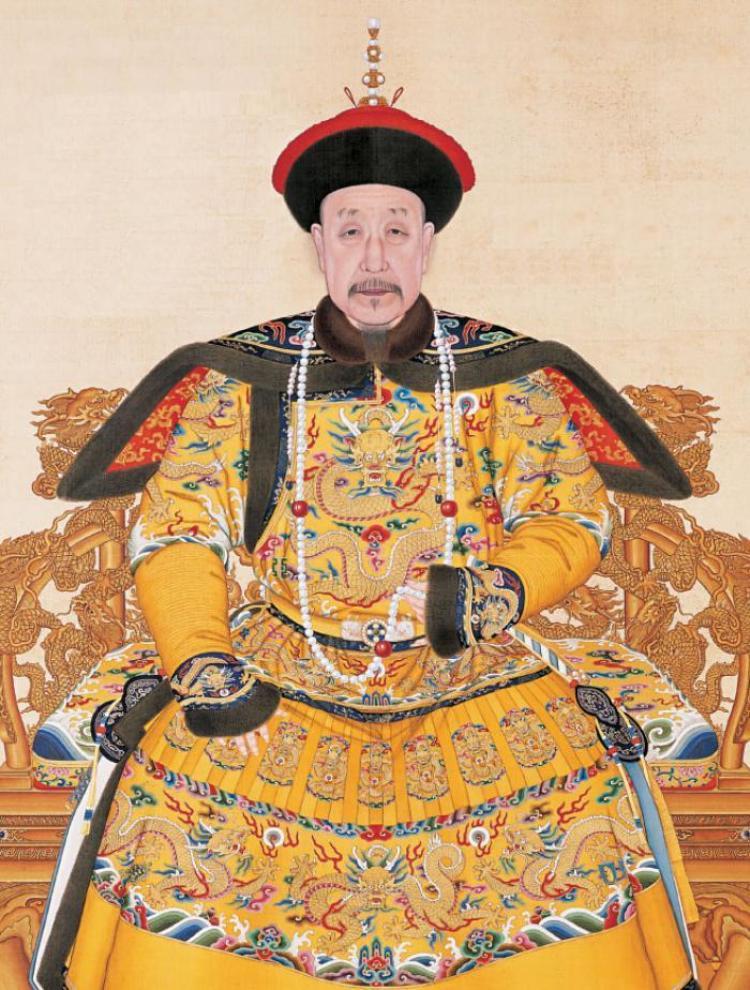
Traditional Chinese Clothing: the Qianlong-Emperor at age 85 wearing ceremonial robes. Public domain
An old Chinese proverb says that the reign of every emperor starts when he dons his new robes. The imperial robes of the last Qing Dynasty (1644–1911) lend legitimacy to this proverb.

